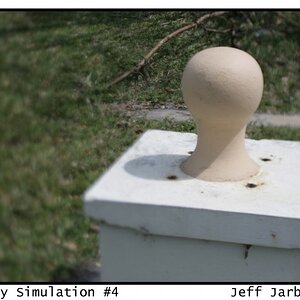ReneR
TPF Noob!
- Joined
- May 29, 2018
- Messages
- 7
- Reaction score
- 2
- Location
- Seattle
- Can others edit my Photos
- Photos NOT OK to edit
Daylight in a portrait
I don't know whether you aware of this tip or not, anyway, I'll state it one more time. Hope it will be useful somehow.
Shooting outdoor always bear in mind that bright sunlight can often prevent you from getting a natural facial expression in the photo. Lights might fall into the eyes and as a result, the model begins to squint and all this looks unnatural.
To avoid this, place the sun behind so that the light will not fall on the face but instead will fall on the back of the head and shoulders. So in this way, you'll get rid of the problem, and also get a nice illuminated halo around the shoulders and head. Though if the face turns too dark, then use a flash or reflector.
I don't know whether you aware of this tip or not, anyway, I'll state it one more time. Hope it will be useful somehow.
Shooting outdoor always bear in mind that bright sunlight can often prevent you from getting a natural facial expression in the photo. Lights might fall into the eyes and as a result, the model begins to squint and all this looks unnatural.
To avoid this, place the sun behind so that the light will not fall on the face but instead will fall on the back of the head and shoulders. So in this way, you'll get rid of the problem, and also get a nice illuminated halo around the shoulders and head. Though if the face turns too dark, then use a flash or reflector.


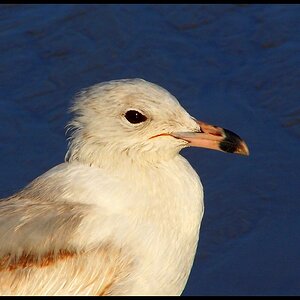
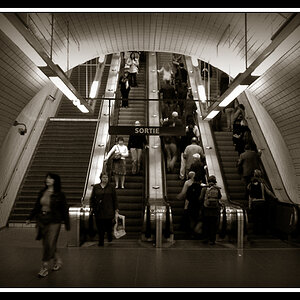
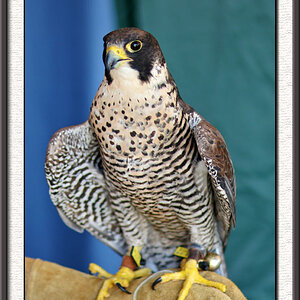
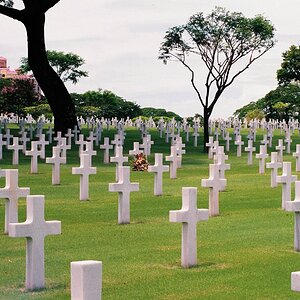
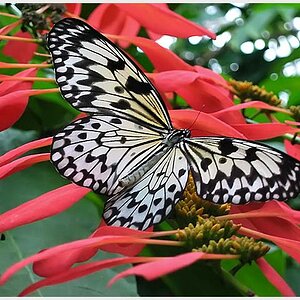
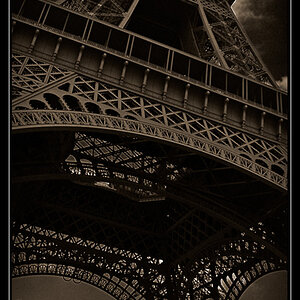

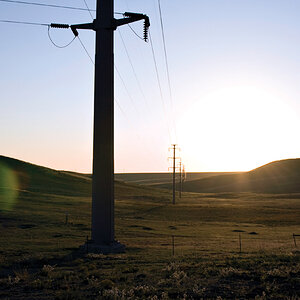
![[No title]](/data/xfmg/thumbnail/40/40285-2ce5915035c220ccb3485030863b62d0.jpg?1619739408)
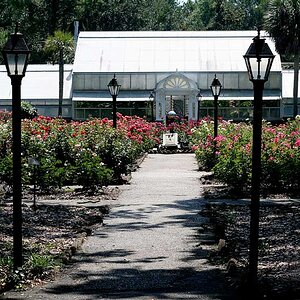
![[No title]](/data/xfmg/thumbnail/40/40284-f59f6230f0d5b9eacf977f8b0392f087.jpg?1619739407)
